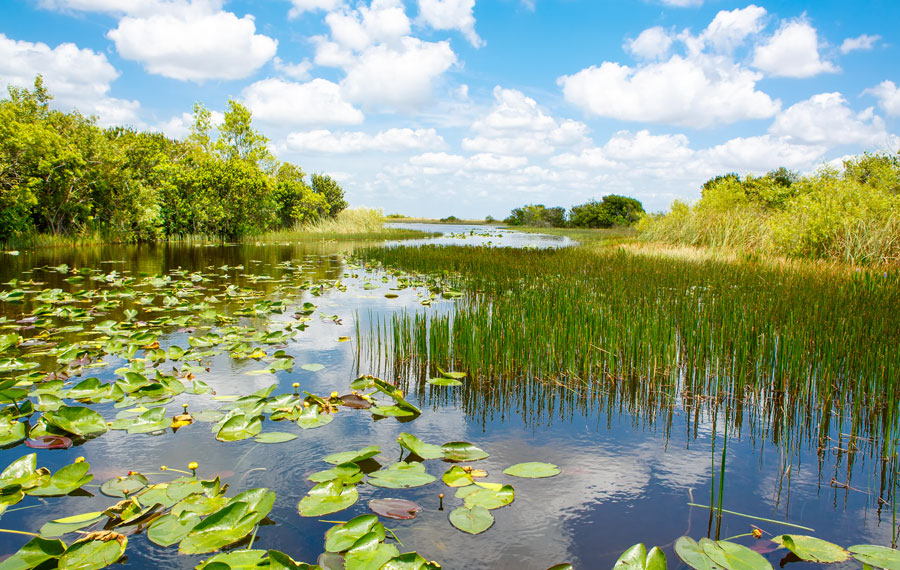Using Nature to Protect Against Disasters

NEW YORK — The toll from natural disasters such as hurricanes, floods and wildfires has been growing every year, but a new report says nature itself may be the best protection.
The report, titled “The Protective Value of Nature“, said healthy, intact ecosystems such as wetlands, floodplains, coral reefs and forests often can stand up to and recover from extreme weather and climate-related hazards. And according to Jessie Ritter, director of Water Resources and Coastal Policy at the National Wildlife Federation, they can protect people, too.
“Natural infrastructure can provide significant protection to communities from natural hazards,” Ritter said. “And it’s often just as, if not more effective than traditional structural infrastructure in reducing risks.”
The report noted protecting and restoring natural defenses also can be more cost effective than structural approaches such as building dams and levees.
From densely populated urban areas to open farmland and dense forest, New York state has a wide range of opportunities to employ natural defenses against disasters. Ritter said some of the benefits were evident in the wake of Superstorm Sandy.
“Coastal wetlands prevented an estimated $650 million in direct flood damages, really showcasing the benefits that healthy wetlands can provide against hurricanes,” she said.
Research cited in the report suggests a single acre of wetland can store up to 1.5 million gallons of floodwater.
The report made several recommendations, including protecting existing natural defenses and creating incentives for the use of natural infrastructure solutions. And Ritter said it’s important to scale up investments in community resilience and research.
“The more of these types of projects we have in the ground, the better we’re going to become at strategically designing these projects to maximize both the risk reduction benefits and all of the other benefits they can provide to communities,” she said.
She noted those other benefits include cleaner drinking water, healthier wildlife habitat and increased recreational opportunities.



Comments are closed.